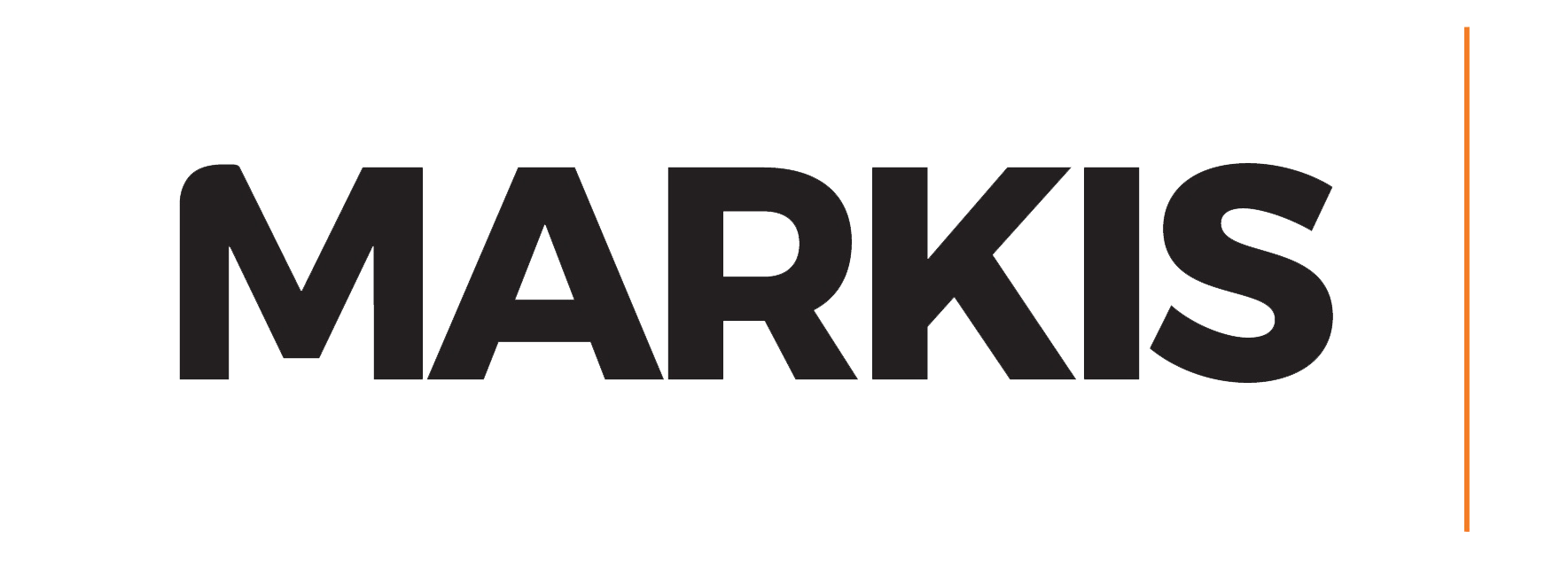We’ll be right back.
April 2024 until further notice.
We are temporarily closed to new business while we upgrade production facilities and update processes.
Established customers may make contact as usual.
Thank you for your patience and understanding.

